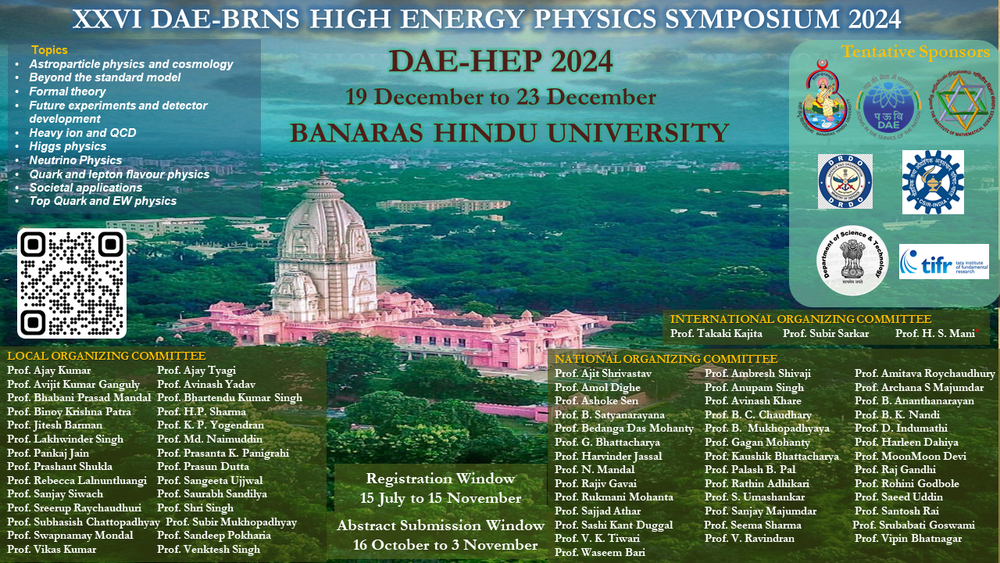Speaker
Description
Quarkonium production in ultra-relativistic collisions is an essential probe for understanding the deconfined phase of QCD matter. Further, quarkonium suppression in heavy-ion collisions supports the existence of the deconfined, thermalized, and strongly interacting QCD medium known as quark-gluon plasma (QGP). However, phenomena like collective flow, which is assumed to be another crucial feature of QGP, have been recently observed in relativistic pp collisions at the LHC energies. As pp lacks the baseline, the measurement of quarkonium suppression becomes infeasible in the conventional way. However, polarization measurements of quarkonium states may serve as a baseline-independent probe for investigating the QGP medium because it depends on the shape of the angular distribution of dileptons along a quantization axis. Analyzing quarkonium polarization in these collisions constrains the underlying production mechanisms and sheds light on the formation of bound states. Recently, the finite spin alignment of J/ψ in Pb-Pb collisions at $\sqrt{s}_{NN}$ = 5.02 TeV advocates the possible existence of spin-vorticity coupling in thermally rotating media [1]. Although a range of sources could potentially contribute to this phenomenon, it is assumed that the primary contribution arises due to the vorticity field, electromagnetic field and the strong vector meson force field. In this presentation, we summarize the quarkonium polarization measurement obtained so far using the muon spectrometer of ALICE at forward rapidity in Pb-Pb and pp collisions at LHC energies for helicity, Collins-soper and the event plane frames [1-4]. Additionally, the comparison of various theoretical model predictions with respect to experimental observation will be presented. With the help of newly built Muon Forward Tracker the precise measurements of quarkonia polarization in hadronic and nuclear collisions along with the separation of prompt and non-prompt quarkonium states can be performed using the high statistics Run 3 data.
| Field of contribution | Experiment |
|---|

